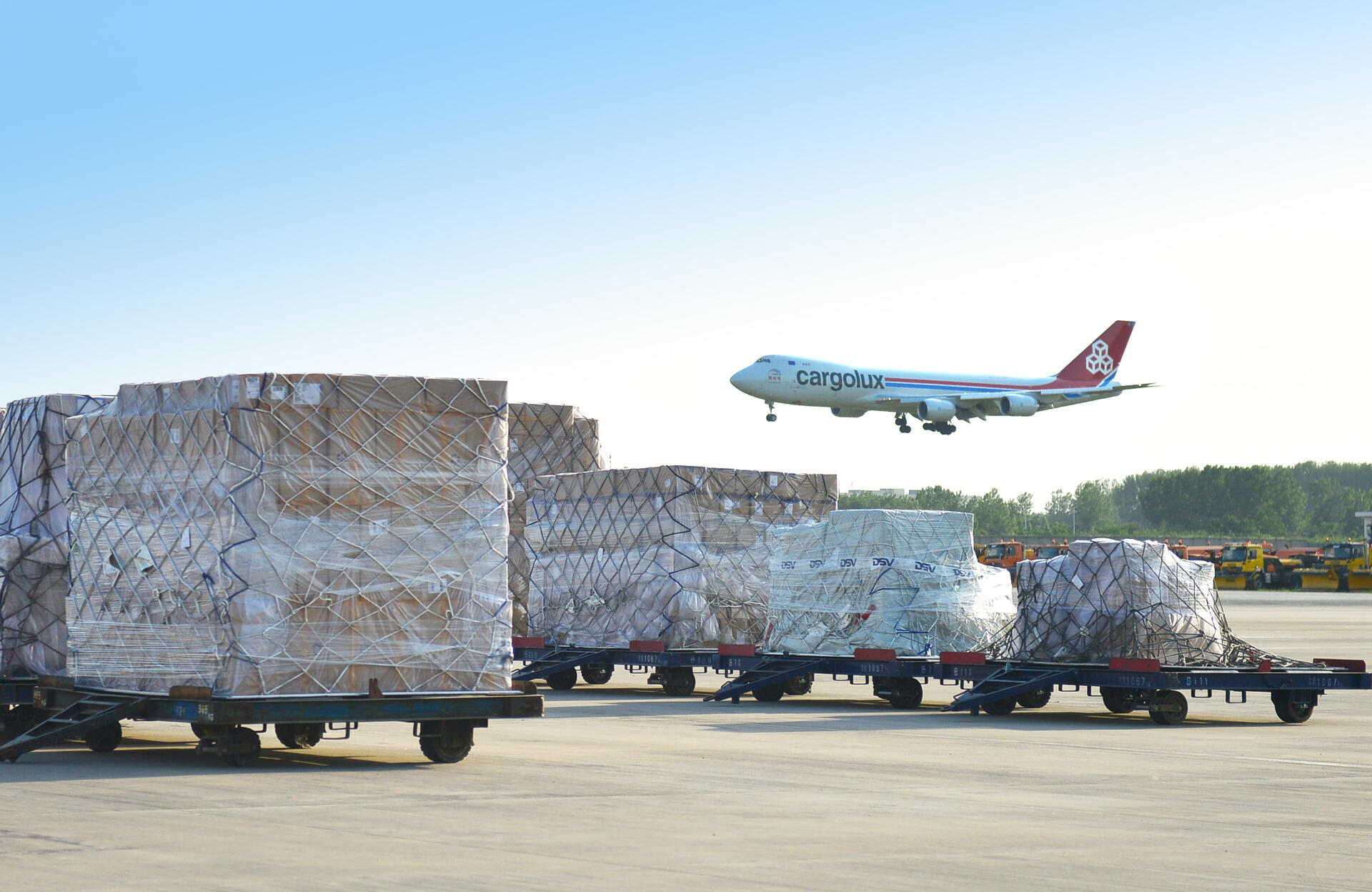WORLDWIDE FREIGHT SERVICES
Whatsapp: +86 18126424455
Email: op06@transworldcn.com

2025: A New Era of Global Logistics
As the world continues to recover from the disruptions of the early 2020s, the global logistics industry is undergoing a profound transformation.
The convergence of geopolitical tensions, technological advancements, and shifting consumer demands has created a dynamic landscape for logistics providers.
In this context, express delivery, air freight, sea freight, rail, and trucking are each carving out their roles in the future of supply chains.
Here's a comprehensive look at how these modes of transport are evolving in 2025.

The explosive growth of cross-border e-commerce continues to drive demand for international express delivery services.
By 2025, companies like DHL, FedEx, and UPS have solidified their positions as key players in the global e-commerce logistics market.
With the rise of same-day and next-day delivery expectations, these providers have invested heavily in automation, drone delivery, and AI-powered route optimization.
However, rising fuel costs, labor shortages, and regulatory hurdles in various regions have put pressure on profit margins.
To stay competitive, express delivery companies are focusing on sustainability, leveraging electric vehicles and renewable energy sources to reduce operational costs and meet environmental standards.

The air freight industry, which experienced unprecedented demand during the pandemic, has stabilized by 2025.
With passenger flights fully restored, belly capacity has increased, leading to more competitive pricing.
However, the industry faces challenges from fluctuating demand due to economic uncertainties and the growing preference for greener transport options.
To adapt, air freight providers are diversifying their services.
Specialized solutions for high-value goods, such as pharmaceuticals, electronics, and perishables, have become a key growth area.
Additionally, the adoption of sustainable aviation fuels (SAF) and carbon offset programs is helping the industry align with global decarbonization goals.

After the chaos of port congestion and skyrocketing freight rates in the early 2020s, the sea freight industry has entered a period of relative stability by 2025.
Digitalization has become a cornerstone of the industry, with blockchain, IoT, and AI being used to enhance visibility, efficiency, and security across supply chains.
Sustainability is another major focus.
Shipping companies are investing in alternative fuels, such as LNG and hydrogen, and exploring wind-assisted propulsion technologies to reduce emissions.
Additionally, the expansion of green ports and the adoption of circular economy principles are helping the industry meet stricter environmental regulations.

Rail freight, particularly in regions like Eurasia, has emerged as a reliable and cost-effective alternative to traditional sea and air routes.
By 2025, the China-Europe Railway Express has become a cornerstone of trade between Asia and Europe, offering faster transit times than sea freight and lower costs than air freight.
The integration of rail with other modes of transport—known as intermodal logistics—has further enhanced its appeal.
Digital platforms now enable seamless booking and tracking of rail shipments, making it easier for businesses to incorporate rail into their supply chains.
Additionally, the development of high-speed rail networks for freight is set to revolutionize regional logistics.

Trucking remains an indispensable part of the global logistics ecosystem, particularly for last-mile delivery and regional transportation.
By 2025, the industry has embraced autonomous driving technologies, electric trucks, and advanced telematics to improve efficiency and reduce costs.
In Europe and North America, trucking networks have become more integrated with rail and sea freight, creating a seamless flow of goods from ports and rail hubs to final destinations.
Meanwhile, in emerging markets, trucking continues to dominate due to its flexibility and accessibility.
As the logistics landscape evolves, TransWorld remains committed to providing innovative and tailored solutions for our clients.
Whether you need the speed of air freight, the cost-effectiveness of sea freight, the reliability of rail, or the flexibility of trucking, we have the expertise and resources to meet your needs.
In 2025 and beyond, we are dedicated to helping businesses navigate the complexities of global supply chains and achieve their goals.

The future of global logistics lies in collaboration and innovation.
By 2025, the integration of different transport modes, the adoption of cutting-edge technologies, and a shared commitment to sustainability will define the industry.
Express, air freight, sea freight, rail, and trucking will each play a vital role in creating a more connected, efficient, and sustainable world.
As we look ahead, one thing is clear: the companies that embrace change and prioritize customer-centric solutions will lead the way in the new era of global logistics.
Wish You Have a Happy Life!
Client: A furniture exporter in Nansha, China, specializing in high-quality wooden chairs. Destination: MATADI, D.R. CONGO The client had a container load of beautifully crafted chairs ready for export. We coordinated the pickup from their warehouse i
2024-12-24
When it comes to shipping fragile and high-value items, precision and care are of utmost importance. Our international logistics team has extensive experience in handling such cargo. We use specialized packaging materials and techniques to ensure that fra
2024-12-24
